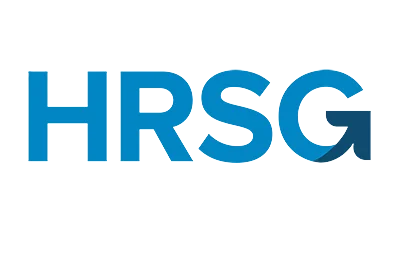Payroll management is the process by which an employer pays wages to its employees. Show commitment to their workers, fulfill their obligations and correctly keep financial records. No matter where your employees or teams are located, payroll is completed accurately and on time. Online payroll management system automates the entire payroll calculation process.
Payroll Management – Traditional Approach
Many small businesses used to manage their payroll system through traditional ways. Manual processing involves juggling paperwork and scrolling down spreadsheets to keep the records in the correct form. However, this approach requires security concerns, protecting the payroll information. Data misplacement, thefts, and record leaks are involved in this approach.
Daily paperwork leads to data misplacement, making it more challenging to manage the payroll. It leads to the ineffective data management of payroll.
The company goes through piles of papers consuming time and energy; hence, higher expenses are acquired. This happens because many resources are being utilized to process payroll manually. This leads to higher costs along the way, affecting the business’s bottom line gradually.
Payroll Management – Digitalized Approach
Small businesses have started to shift towards the digitalized payroll method. This is an effective payroll management system. Payroll software is much better than the traditional approach as it saves time and money. It has a quick payroll payout since it is 100% accurate, and all necessary calculations are done through a few clicks.
Online payroll management is a user-friendly system as it has 24×7 accessibility; hence it is flexible and customizable at all times. A digitalized payroll approach organizes a large sum of data, maintain accurate calculations, and minimizes errors.
This saves time and manpower, so the payroll system becomes more effective. This system enhances the speed and accuracy of payroll processing. It brings in on-demand reporting, improved data quality, and the ability to track the workforce.
A digitalized payroll involves automated processing and dealing with a large data volume. It has multiple benefits as well. This avoids errors, reduces payroll management time, and increases the team’s efficiency and productivity.
It has an integrated platform that deals with outsourcing which eases large-scale data processes. An online payroll system also protects the company data and keeps the payroll safe and secure.
Continuous changes, such as in labor and taxes, directly impact production. Having a digitalized payroll system automatically makes changes to the data.
Why Should Small Businesses Opt For An Online Payroll Management System?
An owner of a business can pay his/her workforce consistently. But time by time, keeping track of the paperwork and reports gets challenging. This makes it very time-consuming and makes them struggle to stabilize their business.
Small businesses opt for an online payroll management system to grow. This is a tangible and reliable human resource solution that helps them grow and help monitor their workforce.
It helps focus more on the overall impact on the firm’s growth. With effective payroll management, small businesses work towards their goals and aims. This increases HR’s efficiency and capacity. Effective payroll management allows businesses to keep track of their employee’s tax information.
It helps employees with their benefits and retirement information and handles employee information. This software tracks the paid time off and the workforce’s attendance.
Benefits of Payroll Software
Payroll software is a compatible and flexible system that saves time and cost with improved resource efficiency. Many businesses have started to use payslip management software rather than manually working on it. This software provides accurate data and analysis in a secure and easily accessible way. It calculates salaries and simplifies the deduction process, generating payslips and calculating holidays and bonuses.
Effective payroll management helps businesses save money since there is a reduction in data entry errors. This saves a lot of time. It allows the owners to focus on the business’s core competencies rather than investing most of their time doing payroll paperwork.
Having online payslip management, everything is done automatically, reducing the need to train employees to handle payroll records. It allows the HR team to focus on other business-related duties and keep tax information up-to-date.
Linking the attendance management system with payroll software makes it easier for small businesses. It automatically links the payroll HR system with the biometric time and attendance machine.
This helps maintain proper attendance records and makes payroll calculations simple as well. This includes sign-in to sign out as well as early leave, too late coming in and overtime.
All the records are easily maintained. Attendance reporting generates on-time reports using payroll data linked through the time and attendance machine. It calculates working hours data accurately. The report gives the firms an overview of the staff working and analyses their effectiveness and efficiency.
Outsourcing Payroll Management
It is one of the most effective strategies for achieving successful payslip management and avoiding payroll mistakes. Many business owners outsource payroll activities to use their knowledge, expertise, and technologies.
One of the main advantages of hiring a dependable partner for payroll administration is that it frees the business from handling daily tasks. This helps focus on other corporate concerns while retaining efficient control over the procedure. Payroll outsourcing ensures professionalism, effective time management, and timely technological advancements while improving reporting and compliance.










